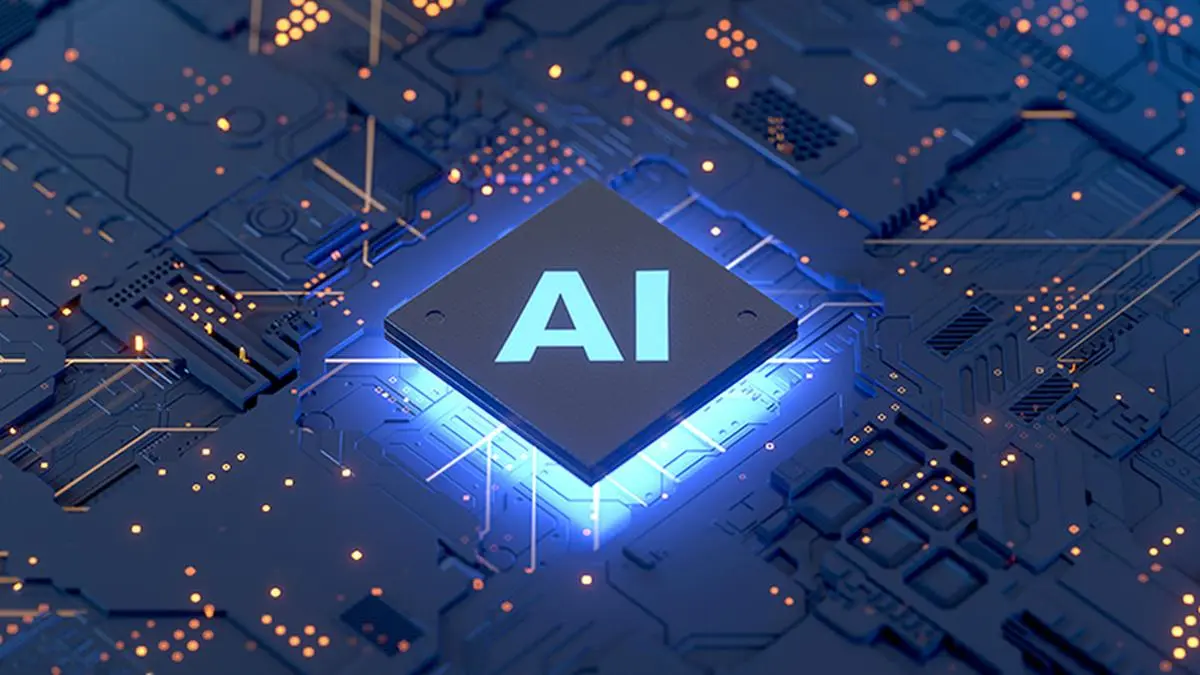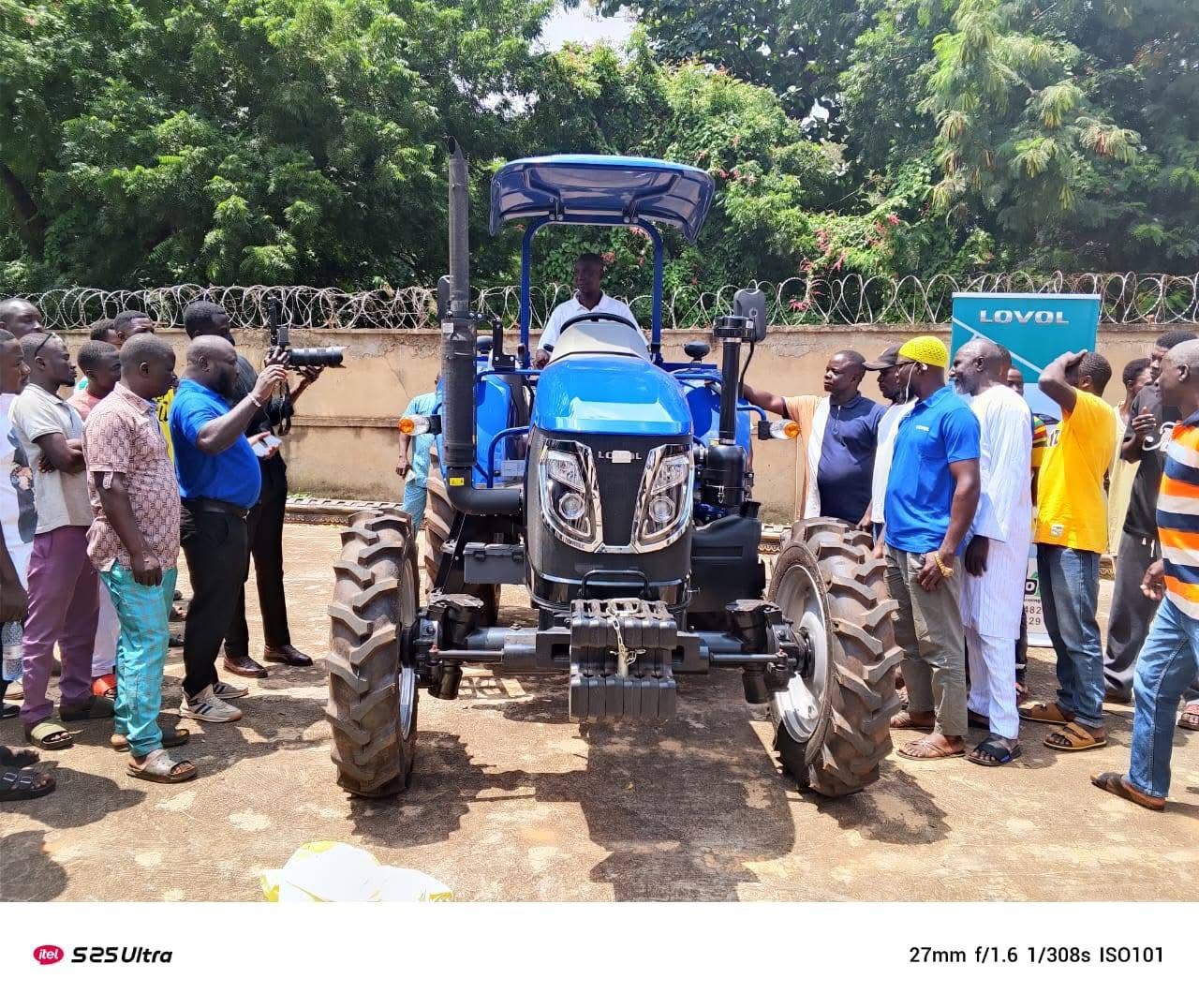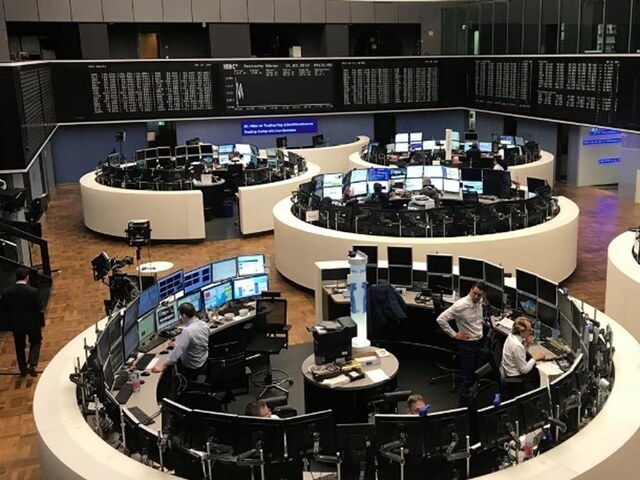By Vallari Sanzgiri
Copyright thehindubusinessline

The next round of entities selected under the India AI Mission will work on building reasoning models, proficient in Indic languages, according to two companies announced on Thursday.
Fractal Analytics, a 25-year old AI analytics company based in Mumbai, plans to transition from generative models to reasoning systems that can carry out complex functions like maths and eventually to action systems.
“We’ve been pursuing this strategy for two years now. We will transition from small reasoning models working on math problems to large reasoning model that can look at STEM problems and eventually contribute to the healthcare sector,” said Suraj Amonkar, Chief AI Officer at Fractal, adding that the entire proposal will require a headcount of 15-20 persons for execution. The company has already built an open-sourced small reasoning model (SRM) with 14 billion parameters. It trended as one of the top trending models on Hugging Face platform.
Ready with a research team and a time-frame of nine months to come up with their firm test form of a reasoning model, Fractal awaits the kick-off from the government on its proposal.
So far, China and US have been the leaders in this space, working on reasoning models of DeepSeek and GPT-5.
Meanwhile, Tech Mahindra said it will continue to advance its foundational LLM in phases as part of the India AI Mission to make the technology more accessible for enterprises.
“We are currently enhancing our model from 1.2 billion to 8 billion parameters in the first phase. The 1.2B model is lightweight and suitable for edge scenarios like farms, factories, and automobiles, while the larger versions will power enterprise-grade applications,” said Nikhil Malhotra, Chief Innovation Officer & Global Head – AI, Tech Mahindra.
The company is also working on an ecosystem of intelligent agents that will collaborate with each other for enterprise solutions. At the heart of their proposal is the Project Indus that will focus on Indic languages and dialects. The project began with a 1.2 billion parameter model and is being scaled to larger versions that will support enterprise-grade use cases. Indus 2.0 already supports dialects such as Bhojpuri, Dogri, and Maithili, and will continue expanding to others. Project Indus addresses this by capturing linguistic and cultural nuances from Hindi and its 37+ dialects, ensuring inclusivity.
“The demand for Indic LLMs is set to grow massively in the coming years. India’s linguistic diversity presents a unique opportunity to create models that serve millions of people in their native languages,” said Malhotra.
Published on September 19, 2025



